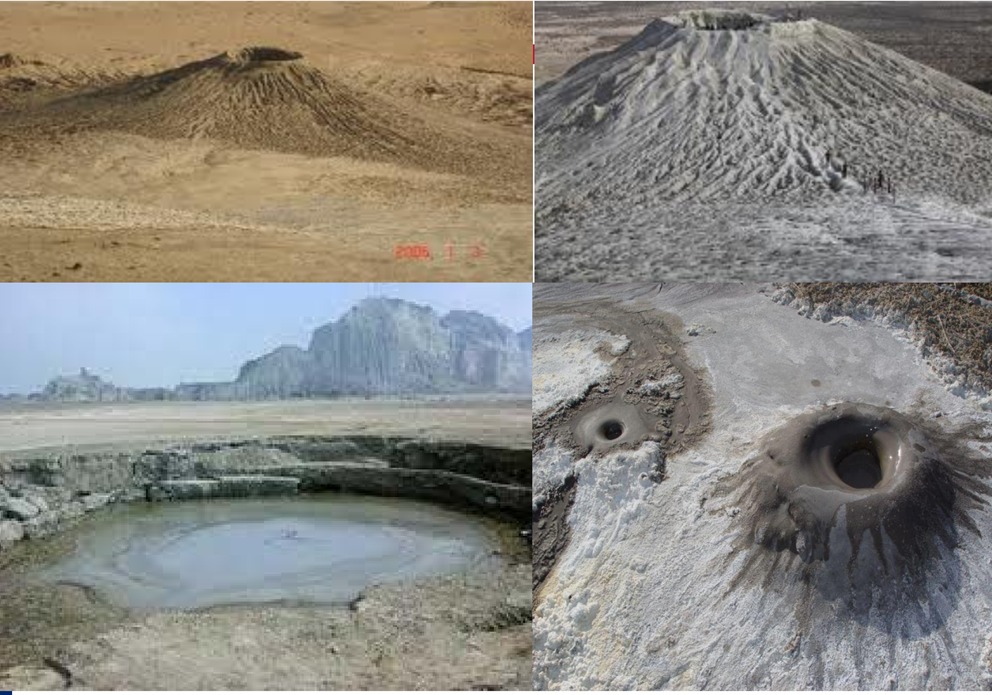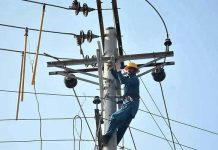ISLAMABAD: Pakistan can utilize its geothermal resources to meet its energy needs. Geothermal energy is available in Pakistan with high potential gradient ranges (HPGR). However, there is a need to determine appropriate technologies to tap this potential, particularly in the provinces of Sindh and Balochistan, reports WealthPK.
According to Dr. Majid Ali, Head of Department of Thermal Energy Engineering at the US-Pakistan Centre for Advanced Studies in Energy (USPCASE), National University of Sciences and Technology (NUST), many developed countries use geothermal energy sources for electricity generation, heating, cooling and other purposes.
“Although, different technologies are currently utilized worldwide with different harvesting capacities of geothermal sources, it is imperative to conduct a thoughtful research to determine which technology would most effectively harvest Pakistan’s geothermal resources. To estimate the potential of a technology, model projects that examine how the technology works in local conditions are needed to initiate,” Dr Majid said.
He said accomplishment of model projects would allow for precise estimation of the potential of geothermal technologies. Furthermore, the government can show its benefits to a range of stakeholders, including the commercial sector.
According to the research “Review of geothermal energy development efforts in Pakistan and way forward,” deep-seated basement tectonic features suggest promising prospects for the development of geothermal energy resources to generate electricity and heat in Pakistan, particularly in areas close to the main urban and industrial centres where there are no hot springs and geysers.
Geothermal technologies differ in terms of geothermal energy potential available for producing heat energy and turbine’s operation to produce electric energy. Three major types of energy resources depend on the HPGR: scorching rocks, medium/low-temperature hydrothermal resources, and high-temperature hydrothermal resources.
Flash steam power plants have water-dominated reservoirs around 180°C. High temperatures boil the water, and low pressure flashes the liquid components. Through larger pipes, steam from this system is fed into a turbine to generate electricity. In a double flash plant and a triple flash plant, the remaining hot water is flashed back to the main reservoir at low temperature and low pressure to get more steam.
A dry steam power plant delivers dry steam directly to the turbines by pumping from the production wells. The plant provides a controlled flow of steam, which is easier to maintain than the flash steam power plants. This is essential for meeting the fluctuating energy needs. The steam must flow continuously upstream to avoid liquid phase collapsing due to the gravitational forces.
The fastest growing group of geothermal power plants is the binary power plant, which can use both low and medium temperature energy resources. As a result, these plants can function at 73°C up to 180°C, for example, in hot springs.
Heat-only geothermal power plants can provide hot water to the district heating system. These systems can also be used for low-temperature applications.
The government should provide licenses for digging holes and formulate policies for extracting geothermal sources in Pakistan even for the private sector. Moreover, the authorities should formulate these policies throughout the country for the wide-scale adaptability of geothermal technologies in Pakistan, Dr Majid added.





